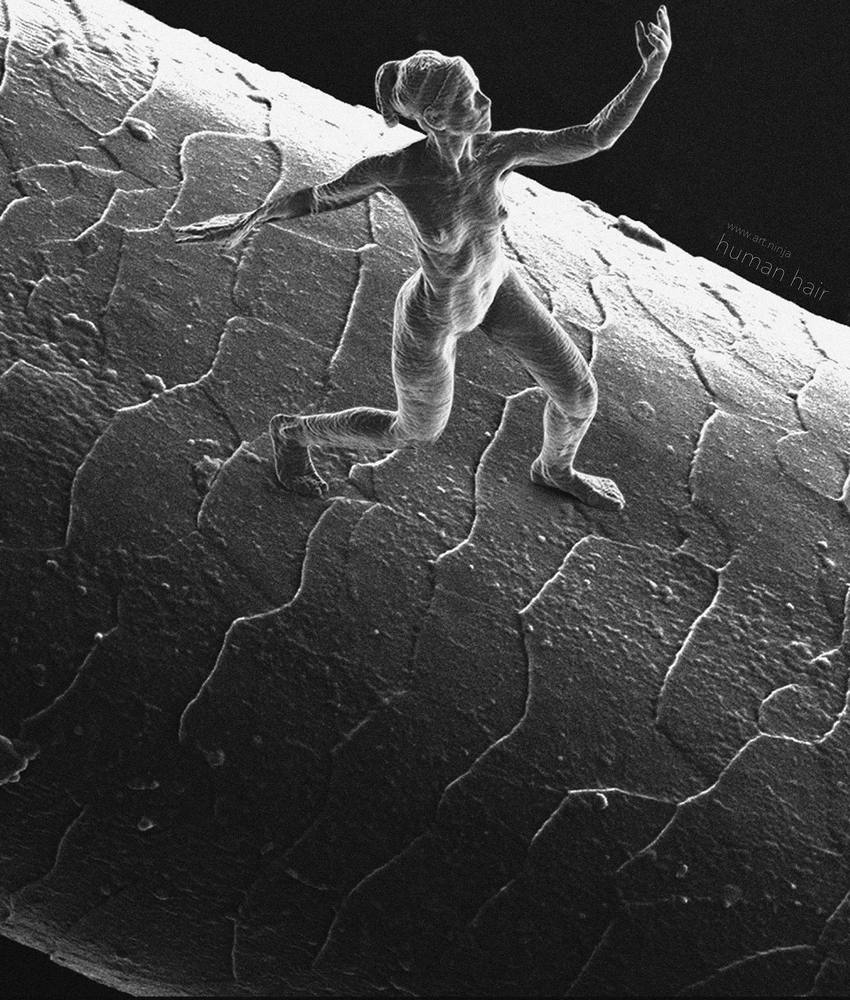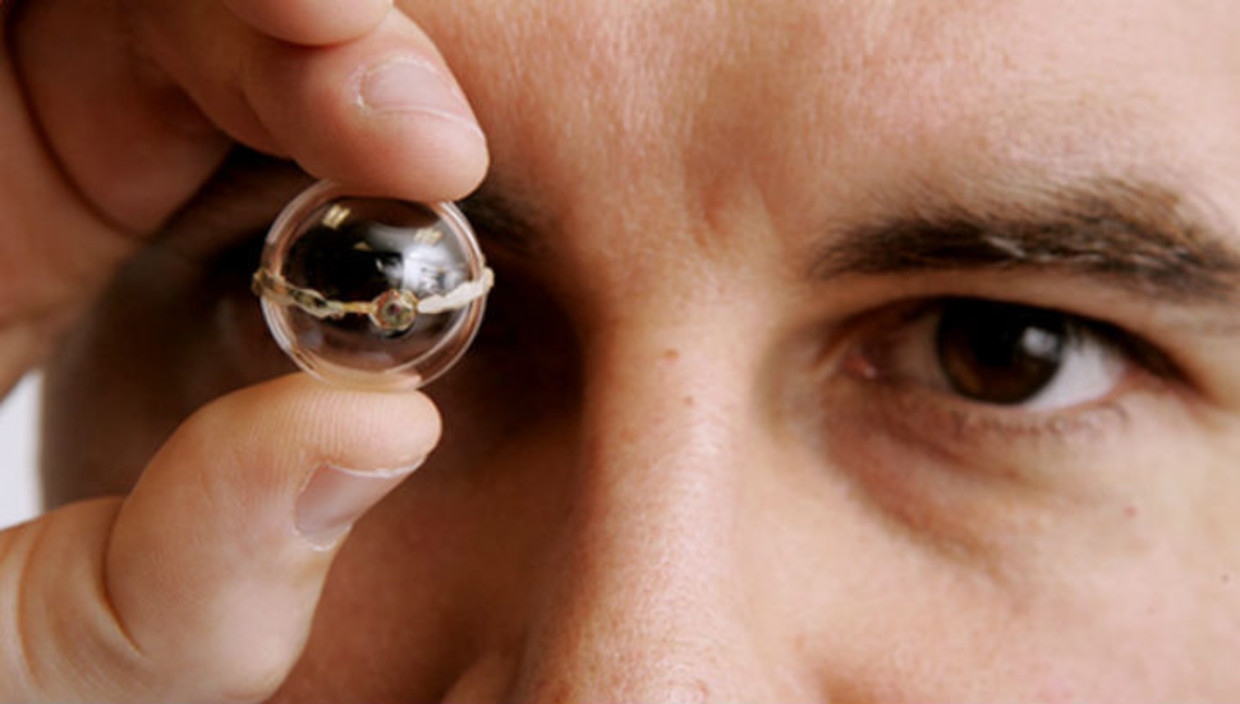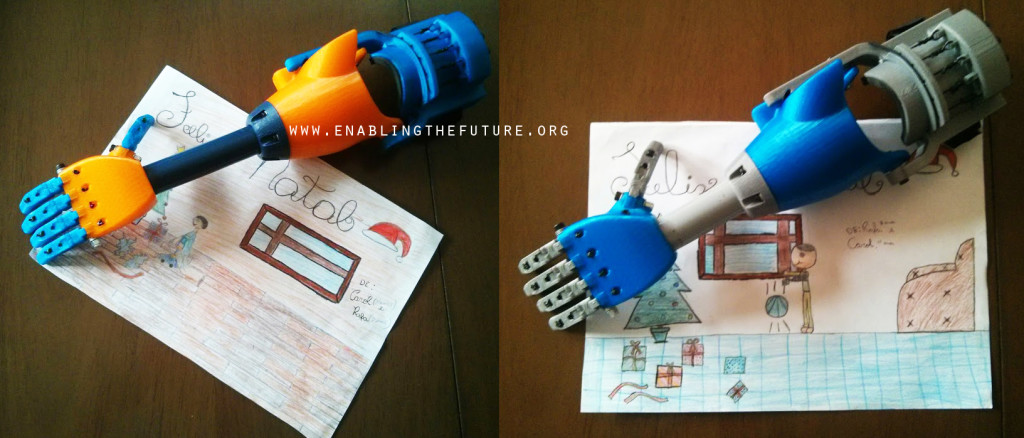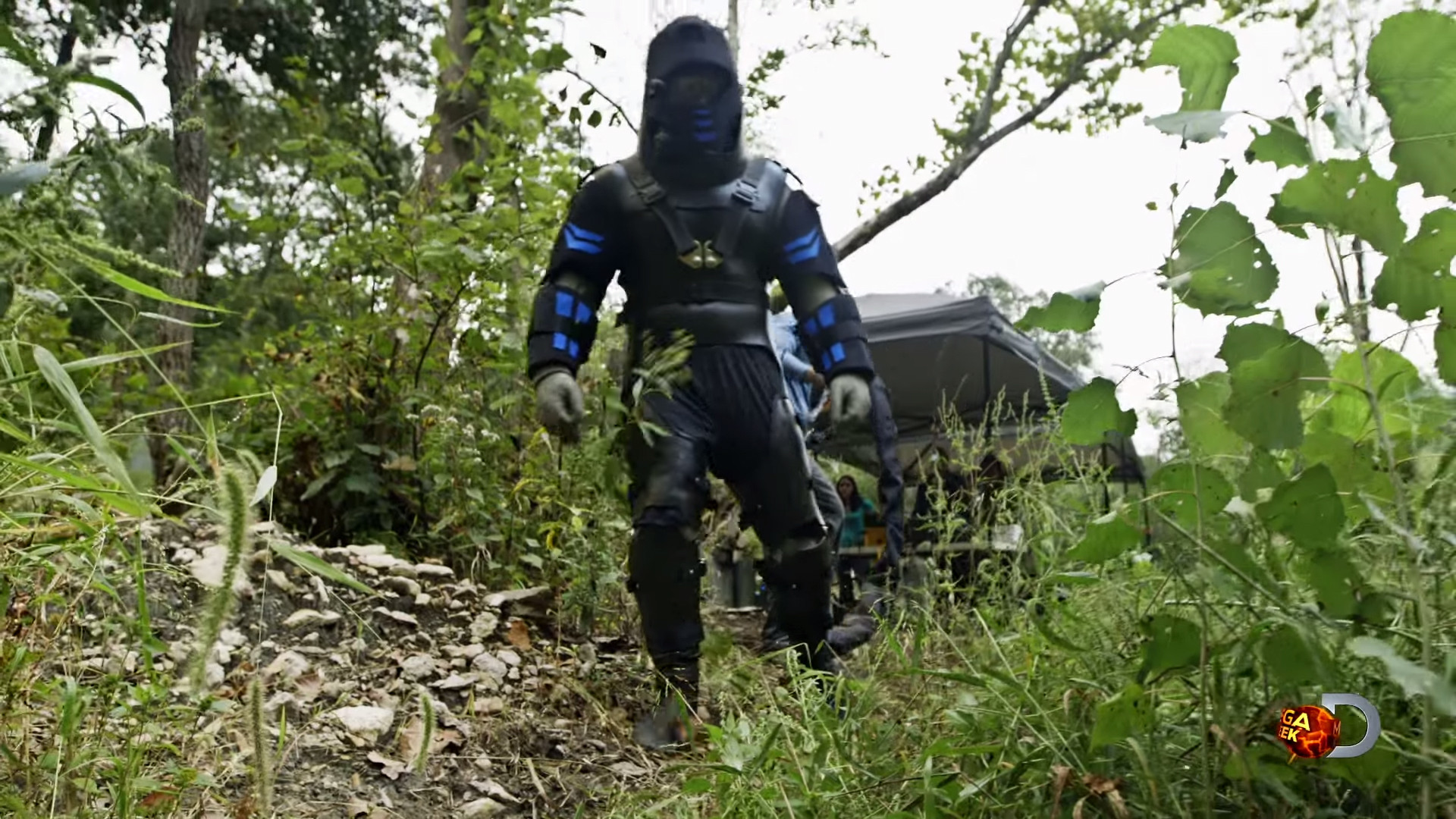Trying to find 3D printing applications from the last twelve months is about as difficult as trying to find a grain of sand in the Sahara, a blade of grass on a football pitch or drunken graduate at a company Christmas party. The tricky bit is choosing the top five. Do you go for most technically challenging? Most innovative? Greatest commercial impact? Well you could use any of those as markers but here, I have selected stories of applications that made me go on looking for more information and reading. Using that entirely personal and possibly subjective criterion, here (in no particular order as Dermot O’Leary would say) are my top 5 for 2014:
1. Enabling the Future is a website for a community that currently consists of over 3000 individuals and it is growing. The site is a resource for people to get involved in the design and production of prosthetic hands and/or lower arms; predominantly for children. Participants can access files and instructions for 3D printing and building the devices and it includes lots of case studies and reviews. This is not the dawn of a new era of prosthetics technology but neither does it claim to be. What it is though is a demonstration of where 3D printing technology fits a requirement better than conventional manufacturing with a result that the end product becomes more accessible to more people. There is always lots of talk of how 3D printing can be used to democratize manufacturing and empower people to make their own products rather than having to outsource or buy them. This is one of the few projects where all those boxes are ticked.
2. In November a story came out that seems as suspicious as an unidentified periscope in Scottish waters. If true then it is remarkable, but for me there are many things that set alarm bells ringing. The story centres on tiny figures created by artist Jonty Hurwitz. Being a modest, plain speaking, understated sort of chap as artists often are, he said of his project “We live in an era where the impossible has finally come to pass. In our own little way we have become demi-gods of creation.” The figures were allegedly printed using multiphoton lithography by the Institute of Microstructure Technology at the Karlsruhe Institute of Technology. There were reportedly a series of seven figures produced — the smallest of which was less than 25 microns tall. There were a series of images taken of the figures using an SEM (scanning electron microscope). Some of the images show the figures placed on a human hair, within the eye of a needle and even on the head of a small insect. No explanation was given as to how the figures were posed on, or attached to, these various objects.

The most suspicious element of the story concerns the disappearance of the figures. Apparently the SEM operator moved the mirror they were mounted on to get a look from a better angle. All they could find after was his finger print. It seems he just happened to carelessly put his finger on the very area where figures were when handling the mirror — and obliterated them. Quite how he managed to handle the mirror with his hands while it was inside the sealed vacuum chamber of the SEM is not explained. Whether any of this actually happened or not does not detract from the fact that it is a fantastic story and if the creation of the story was the objective of the exercise then Mr Hurwitz has done a brilliant job.
3. Paul Rosalie is a 27 year old naturalist with a particular interest in the Amazon rainforest. Paul is deeply concerned with the disappearance, through deforestation, of the rain forest, which is home to millions of species and is estimated to supply around 20% of the planet’s oxygen. Along with a crew he made a documentary for the Discovery channel looking at the largest species of snake in the world, the green anaconda. These beasts grow up to 30 feet long and Mr Rosalie decided that it would be a great idea to be eaten by one. Now despite wanting to feed himself to a giant snake he also wanted to survive the experience, so a special suit was required. The suit was largely made of carbon fibre to prevent him being digested but the snake can produce crushing forces of up to 90 psi so non flexible sections were required to prevent him from being crushed to death. He had his body scanned and the required sections were specially 3D printed for him. Despite some of the suit sections cracking and Mr Rolsalie picking up many non-life threatening injuries both he and the snake survived. Alongside these injuries Mr Rosalie also received several death threats for what some see as a publicity stunt pulled off at the expense of the poor snake.
4. The Urbee was widely acclaimed as being the world’s first 3D printed car …. as long as you don’t count the awful looking plastic model ones. The reality behind the claims though was (surprise surprise) not quite so exciting. In truth it was simply a prototype with a few body panels that were produced using good old fashioned FDM. We are still not at the stage of having fully 3D printed working cars but things have moved on quite a bit in recent months.
The Strati is a two seated electric car produced by Local Motors that looks as if Noddy has taken his car into a repair shop overnight following a serious accident only to find that they couldn’t be bothered to do a proper job so have replaced the body panels with the roofing of a nearby cattle shed. The big deal for me though is that the car itself has been designed to be made using a specialised 3D printer which itself has been designed to produce the car. This is a big approach shift compared with making do with parts that are available from an existing machine. This synergy of design and manufacturing has resulted in a car consisting of 49 parts rather than 2500 parts. The material used is a carbon-fibre reinforced thermoplastic and the majority of the components from the chassis to the seats have been additively manufactured. The team responsible are working on further enhancements to increase the range of flexibilities of the printed parts and aim to get the total 3D print time down from 44 hours to just 24 hours. I wouldn’t ever buy one of these things personally but I do like the shift of approach in manufacturing that the project represents.
5. My final 3D printing application from 2014 is one that is still on the bench. Princeton University’s McAlpine Research Group is developing a 3D printed heads up display that can be worn on an eyeball. Think Google Glass, but using a contact lens rather than a pair of specs. They have done this thanks to the relatively newly developed ability to print QLEDs (quantum dot light emitting diodes) — a series of five layers that are integrated into a printed contact lens. So far they have been able to produce orange and green but presumably more colours will follow. The team has said that there is still a lot of work to do, such as making the power source on-board rather than being provided externally and switching from hard plastic to soft plastic. For me the hottest thing about this story has nothing to do with contact lenses but rather printable nano-particle electronics being embedded into body attachable devices. The other notable thing here is the fact that the 3D printer being used for this application is a machine the team has developed in house for $20,000. For me this is big news — demonstrating that it’s not all about huge budgets but rather ingenuity, which IMHO is still the most valuable resource than any innovator can ever hope to possess.

Note: Whilst Jeremy Pullin is Rapid Manufacturing Manager at UK-based Renishaw, all views expressed are his own and not necessarily those of his employer.






